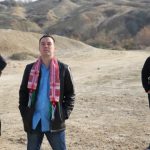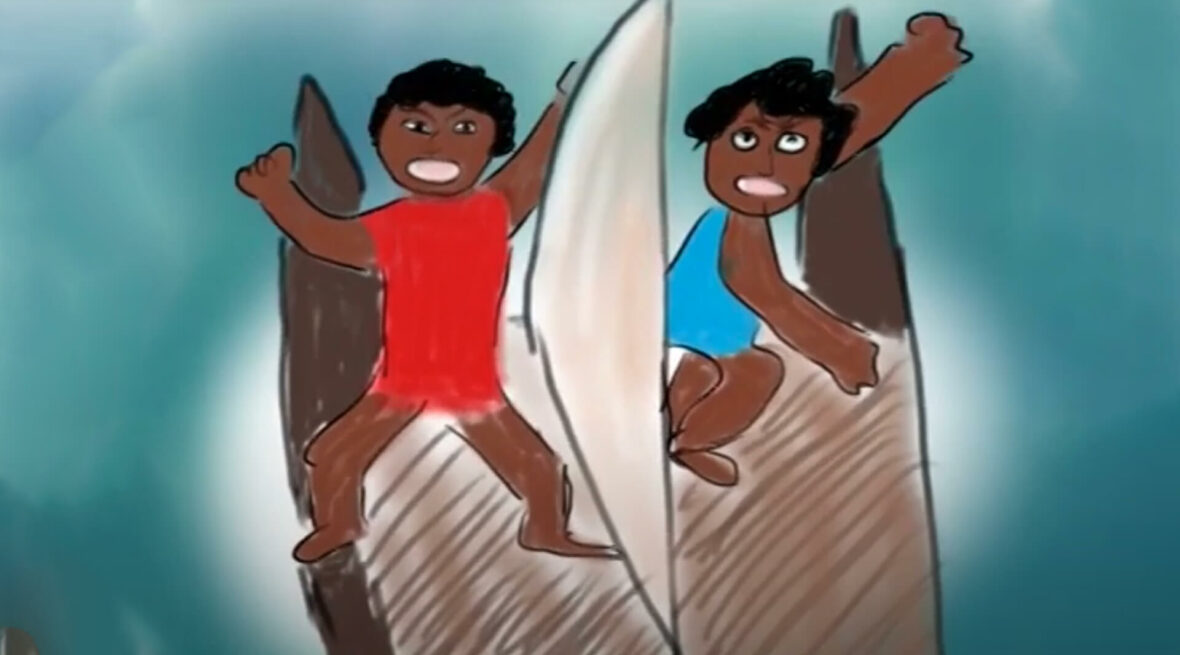In the Gospel of Mark, Jesus appears to His followers after His resurrection and gives them a command. “Go into all the world and preach the Gospel to all creation,” he says (Mark 16:15). That means that followers of Christ are to share the Good News with everyone, no matter where they live, and with all people groups, no matter how small they are.
The problem is that there are a lot of people groups that have little to no biblical material in their language. That is the case with the Pukapuka people group. The isolated people group lives on the island of Pukapuka, a small remote island that’s part of the Cook Islands in the Pacific Ocean. Approximately 1,000 people live on the island, speak their own language — also called Pukapuka — and have little contact with people on the other islands.
Currently, the Bible is not available in Pukapuka, although there is a translation in progress, according to The Joshua Project. The JESUS Film is not in their language and there are no known Gospel recordings. Resources are very low, but each of those thousand people matter to God and He wants the Gospel preached to each of them.
When a missionary to Pukapuka heard about the Indigitous #HACK event in New Zealand, he saw it as an opportunity. So he contacted Karl Udy, an Indigitous leader in New Zealand and the leader of that #HACK event.
“He asked if we could help build a lexicon for the Pukapuka language,” Karl says. “I said, ‘I don’t think we can do that. But what we can do is we can create a visual telling of a Bible story in that language.’”
Everyone can do something
So Karl pitched the project as a challenge at #HACK, but at the hackathon, everyone self-selects the challenge they would like to work on. Halfway through the event, Karl realized that no one was working on the Pukapuka project.
“I didn’t want to go back to this guy and say, ‘Look, no one did any work on this,’” Karl recalls.
One of the mantras of Indigitous is that “everyone can do something.” With no coders, designers, or animators available to work on the project, Karl decided to work on it himself. He got out his iPad, found an animation app, and started creating an animated story about Jesus calming the storm (Matthew 8:23, Mark 4:35, Luke 8:22).
“Over a period of about eight hours — and I’m not an animator; I’m no artist — I was able to have something that told the story,” Karl says.
Artist or not, the finished project is significant because it provides a biblical resource for a people group that is starved for it. “It’s the only Bible story in this language on the Internet,” Karl says.
Karl’s animated video was enthusiastically received by the missionary and the Pukapuka people. For such a small language, people are excited anytime there’s new content, because there is so little content out there. “That was awesome despite the fact that my artwork looks like kids’ artwork,” Karl says.
Taking the project a step further
A while after #HACK, Karl was meeting with principals of Christians schools. The principals were looking for ways to incorporate digital technology into their curricula so students would learn how to use modern tech for the Gospel. Karl saw it as an opportunity to take the strategy he had begun at #HACK a step further.
Students could draw Bible stories just as he had, but they couldn’t hack for an entire weekend. So Karl worked with schools on single-day events he came to call Indigitous Ed. The events started with crash-course workshops on Bible translation and storyboarding as well as how to use the Sketchbook Motion and iMovie apps. The students then spent the next three and a half hours storyboarding, animating and editing a Bible story in Te Reo Māori, the indigenous language of New Zealand.
“I can see the potential for an event like this to both create Scripture engagement media for underrepresented languages, and also to give young people a vision for how God could use their digital and artistic skills to help spread the Gospel message,” Karl says.
By his own admission, Karl is no artist, but he was able to create a video that helps people experience God’s Word. Anyone can do something for the Gospel. For many at hackathons, that means coding to create an app or website. But it could mean writing a script, developing a social media strategy, or even trying something new. Whatever your talents, interests, and passions, there is a way that you can serve God’s Kingdom and make an impact.

